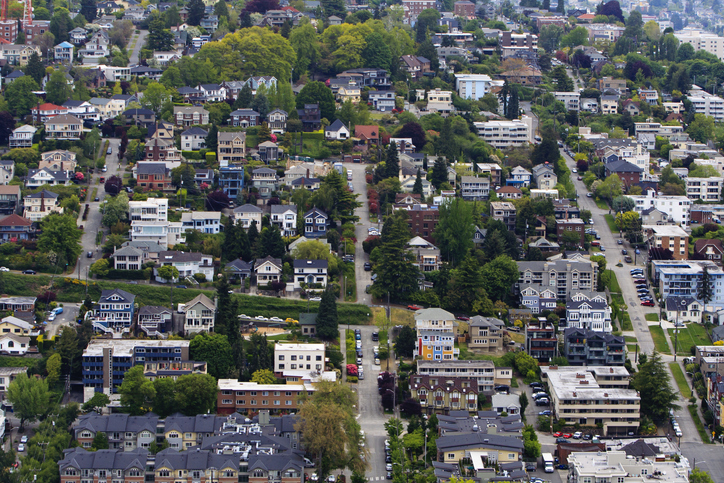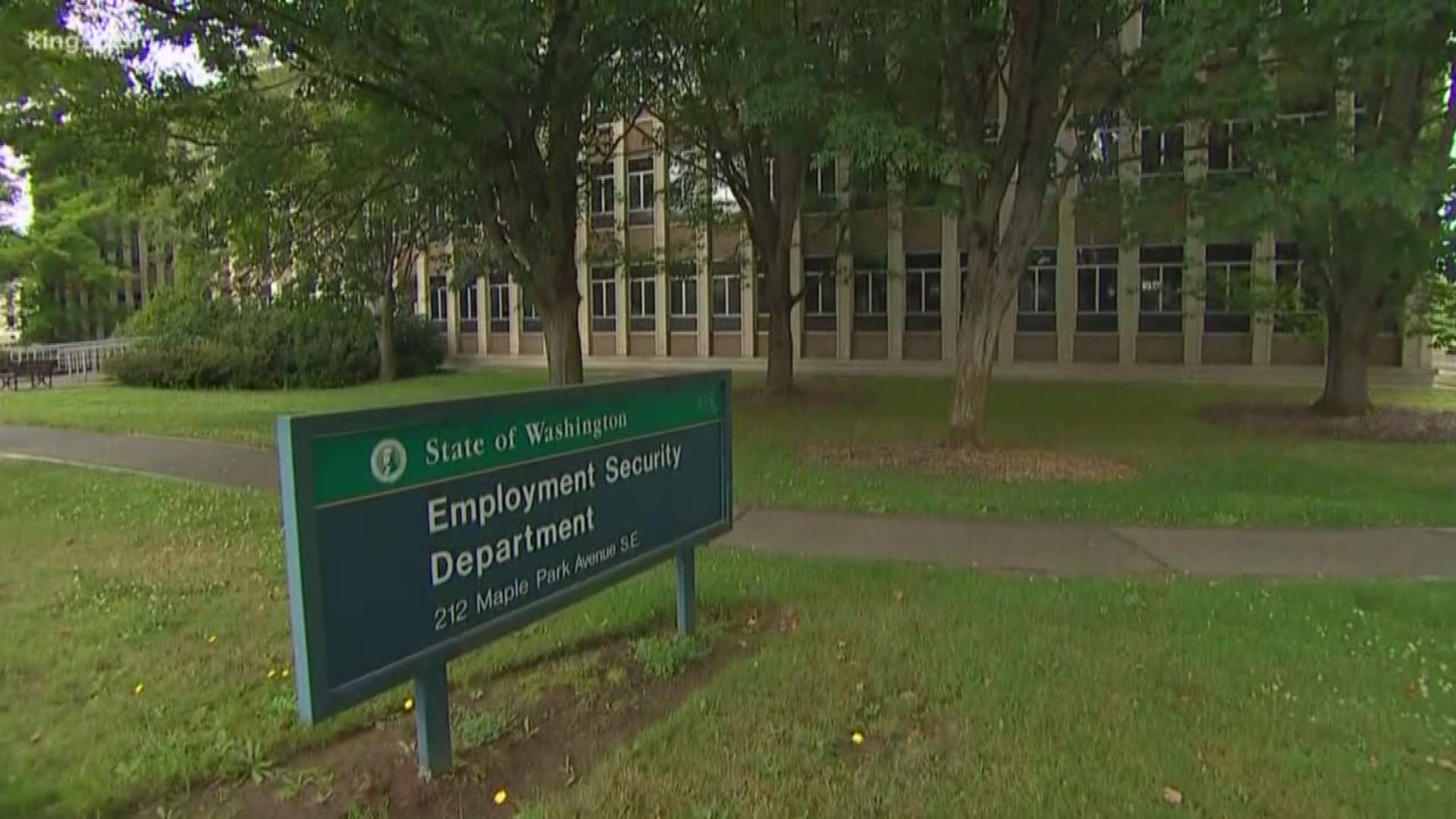California Governor Jerry Brown and organized labor have agreed to increase the state’s minimum wage from the current $10 to $15 by 2022. The new wage would be phased in at $10.50 in 2017, to $11 in 2018, followed by annual $1 increases until $15 is reached in 2022. In subsequent years, the wage would automatically increase annually according to inflation. Businesses with less than 26 employees would have an extra year to pay the higher wage. The deal would give the governor the power to temporarily suspend the wage hikes if the state’s unemployment rate increases or if the state faces a budget shortfall.
The Service Employees International Union (SEIU) used the threat of the ballot box to convince state lawmakers to accept the deal. Two competing labor-sponsored measures scheduled for the November election would establish a $15 minimum wage but with slightly more aggressive phase-in schedules and no consideration for economic downturns. And one of the measures would have increased the state’s recently mandated three days of paid sick leave per year to six per year for every worker.
Rather than allowing voters to have their say on either measure, the governor and lawmakers privately negotiated this new agreement (media reports the business community was left out of the negotiations). If the deal, as negotiated, is passed by the state legislature, organized labor will reportedly pull the measures from the ballot.
Minimum wage activists boast that a $15 wage in California “clearly would create national momentum for other states to follow their lead” and “will cement $15 as the national benchmark” for wages. They could be right. New York Governor Andrew Cuomo was already intent on becoming the first state with a $15 minimum wage; now that California beat him to the punch, pundits predict he will now one-up the golden state somehow, perhaps with a $15 wage that is phased-in more quickly. As a political scientist from City University in New York quipped, “whatever makes him [Cuomo] the first is going to be the deal-maker.”
Of course, largely left out of the race to be the most progressive state are honest conversations acknowledging the real world impacts of a $15 state minimum wage. Governor Brown previously opposed a higher minimum wage because it would strain the state’s budget since it employs thousands of minimum wage workers. Last year the governor opposed a $15 minimum wage and warned it would cause a $4 billion annual increase in California’s budget and could lead to a budget deficit.
Now boasting of the state’s “landmark” new wage law, Gov. Brown admits the $15 wage will be tough for some businesses around the state. But he says the “risks are worth it” because “…we’re a community,” and “…it’s a matter of economic justice and it makes sense.”
At least one restaurant owner in California doesn’t think it makes sense at all. The owner of Peeve’s Public House, a restaurant in Fresno, says he is still reeling from this year’s increase in California’s minimum wage from $9 to $10 an hour. He was forced to close his restaurant on Mondays and Tuesdays and reduce his staff from 18 to 12. An article reports he “was at a loss to explain how he would absorb the new increase.”
Comic book store owner Brian Hibbs also doesn’t see the sense: “I don’t think this was thought through. The cost of labor is so high. It’s very, very difficult to run a profitable business at this point.” Hibbs has been dealing with the repercussions of San Francisco’s $15 minimum wage for the past year and still isn’t sure his business can survive.
What will the higher wage mean for California workers? No state has ever increased the minimum wage so dramatically, so no one can say for certain. But even some liberal economists worry $15 is too much and warn of unintended consequences, especially in the 13 counties in California with unemployment rates above 10 percent. As one economist put it: “The key question is what fraction of those workers will be lifted to the new minimum and what fraction will lose their jobs.”





